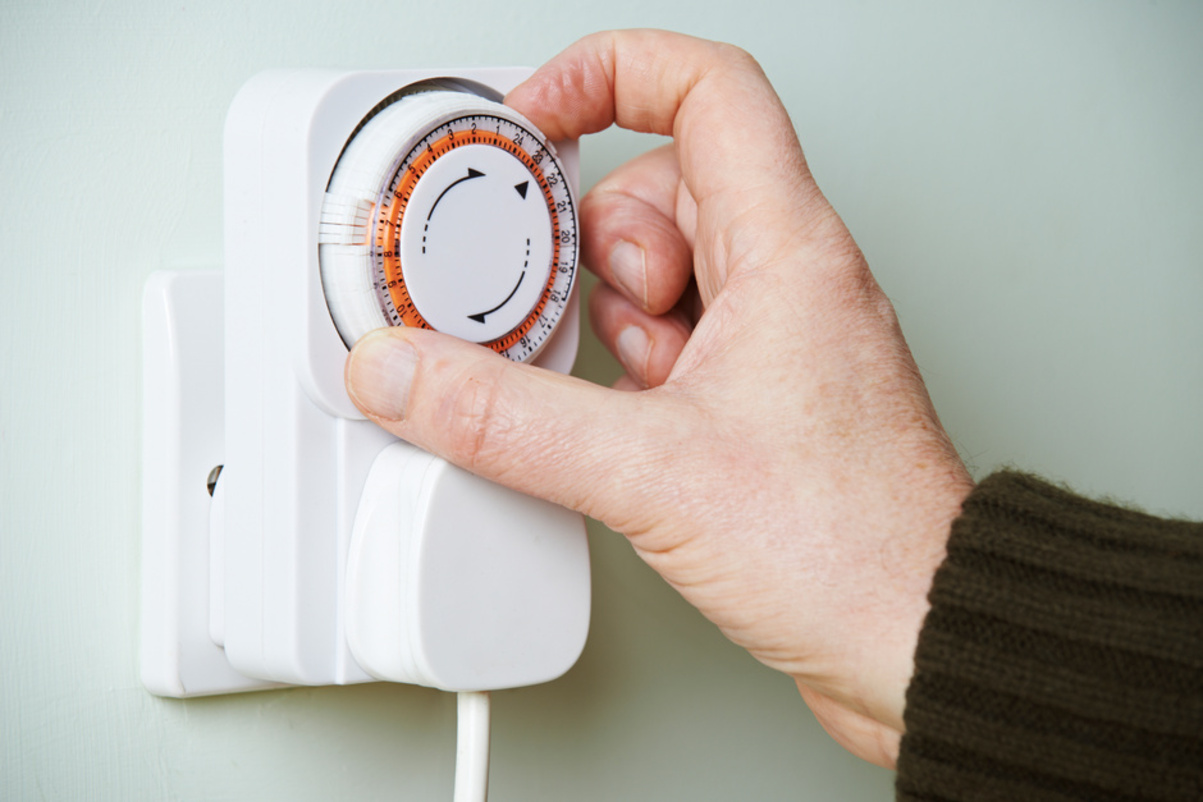Time is a scarce commodity.
Whether we’re putting out a fire in Quadrant 1, getting caught up in Quadrant 3, wasting away in Quadrant 4, or changing our reality in Quadrant 2, time marches inexorably onward.
We can’t get more time. All we can do is use the time we have more effectively and waste as little as possible on things that aren’t essential.
One of the key ways we can free up time is through automation. Automation lets us get the results we want with less effort. If you finish faster, get more consistent results, or need to think about it less, you’ve successfully used automation to be more productive.
Most web sites, videos, and podcasts about automation get pretty technical. Even if you’d rather undergo recreational dentistry than write a line of code, there are still ways you can automate without any programming.
- Write down the workflow. The first time you perform a complex task, you were probably figuring it out as you went. Writing down the steps means you can easily have someone else perform the task, whether it’s your future self (automation) or someone else (delegation).
- Create a checklist. Organizational guru Julie Morgenstern got her start as a professional organizer with a simple checklist: what she needed to pack in the diaper bag before leaving the house. A checklist removes the guesswork, making sure you never forget a step.
- Set up automatic bill pay. Most bills offer automatic bill pay. Sign up for it. Keep a list of all the accounts you need to update when a payment card expires so you don’t miss any. If you have a service that doesn’t offer automatic bill pay (like rent), you can use third-party bill pay services to send you a check made out to your landlord; when the check arrives—an automated cue—all you need to do is drop it off.
- Schedule a standing appointment. Every Friday morning, I work out with a trainer. It’s on our schedules. We can plan for it, anticipate it, and schedle around it. It’s a priority, so it goes on the calendar first. If we had to arrange a time to meet every week, it would never happen. A standing appointment makes it happen like clockwork. (This is the same reason your dentist asks you to set up your next visit before you leave.)
- Set a timer or alarm. Steeping tea? Boiling eggs? Waiting until the kids have been inside for 15 minutes so you can take their temperature? Borrow a little technology from the pomodoro method and set a timer. Instead of watching the clock (which is both error-prone and incredibly boring), you’re free to do something else. You’ll be notified when the time is up and the associated next action is ready.
- Buy a subscription. Go on Amazon and sign up to have the filter to your furnace shipped to you every six months. Record the repeating transaction in your checkbook, then forget about it. When the new filter arrives, replace it and go back to not thinking about it.
- Develop a habit. I’ll admit—this one is cheating a little, because you’re programming yourself to automatically take an action. After installing a new furnace filter, why not take a few minutes to replace the batteries in your smoke alarms? After brushing your teeth, floss. When the pomodoro timer goes off, do ten pushups. You can automate some complex results by grafting the behavior on to something you’re already doing.
- Create a reusable file template. Office apps come with templates for reports, resumes, budgets, and more because starting from a template is faster (and a lot easier) than starting from a blank document every time. These templates are generic, but they’re better than nothing. You can create your own file templates for things you do regularly. The more you can put in the template, the faster it will be to fill in the specific content and tweak the final result.
- Bookmark frequently-visited websites. Your web browser will start to learn and suggest the sites you regularly visit. Instead of remembering the six banking websites you use when you balance the budget, create bookmarks for them. If you create a folder of bookmarks, you can easily open all bookmarks in the folder to bring up all the sites you need in separate tabs.
- Cook once and eat all week. It’s much easier to double, triple, or quadruple a recipe then to plan, shop for, and prepare four separate meals. Find a dish you like and make enough to last for several days. Then you can grab a container out of the fridge and have a healthy, satisfying meal all week long.
With a little thought and creativity, you can find a way to automate just about anything. There’s one kind of task you should never automate, though: a task you can eliminate instead. If it’s not essential, you can free up 100% of the time you spend on it by dropping it entirely.
Automation is an investment. You’re spending more time now on a task so you will have more time later to spend on other tasks. The more time you will save on a task and the more frequently you will perform a task, the more valuable automation will be.
Question: What one task could you automate today to free up time tomorrow? Share your thoughts in the comments, on Twitter, LinkedIn, or Facebook.

